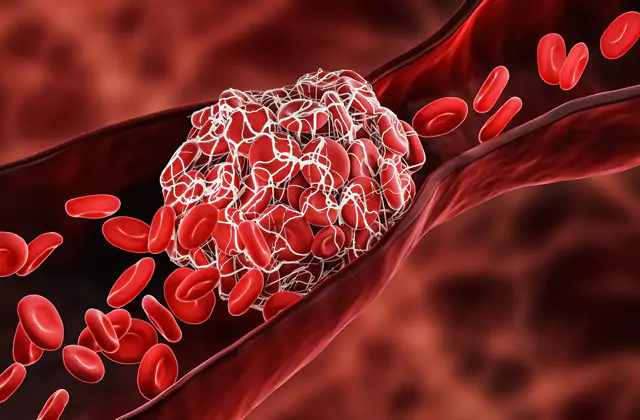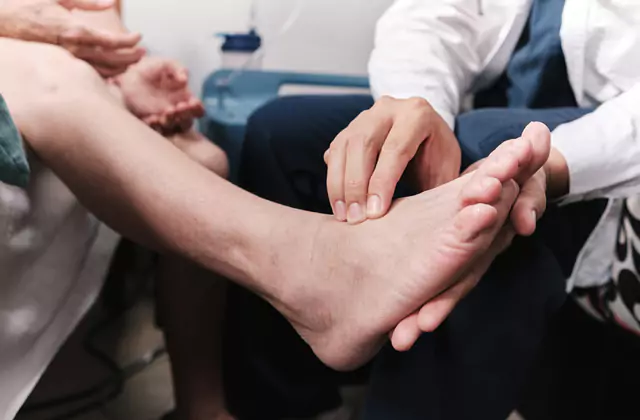
PATIENTS
Critical Limb Ischemia


Critical limb ischemia (CLI) is a serious condition where blood flow to your arms, legs, or feet is significantly blocked. This can lead to severe pain and increases the risk of heart complications. In some cases, treatment may require amputation to improve your health. However, getting treatment early improves your chances of a better outcome.

Who is at Risk for Critical Limb Ischemia?
Anyone with peripheral artery disease (PAD) can develop CLI, but your risk increases as you get older. Other factors that can increase your risk include:
- Chronic kidney disease
- Diabetes
- High blood pressure (hypertension)
- High cholesterol (hyperlipidemia)
- Smoking or using tobacco products
What are the Symptoms to Watch For?
The main symptom of CLI is intense pain in your foot or leg that may wake you up at night. You might find relief by hanging your leg off the bed or walking around. However, not everyone experiences pain. Other symptoms you might notice include:
- Coldness in your hands, feet, or legs
- Smooth, shiny, hairless, or very dry feet
- Weak or no pulse in your legs or feet
- Numbness in your legs, feet, or hands
Why is Treatment Important?
Chronic limb-threatening ischemia is an advanced stage of PAD that can lead to serious heart problems and a shorter life. Getting treated quickly can help you avoid complications, including the need for amputation.
If you have any symptoms or risk factors, talk to your doctor about getting checked for critical limb ischemia. Remember, the sooner you seek treatment, the better your chances for a healthy outcome. Your health is important, so take the steps necessary to protect it!


